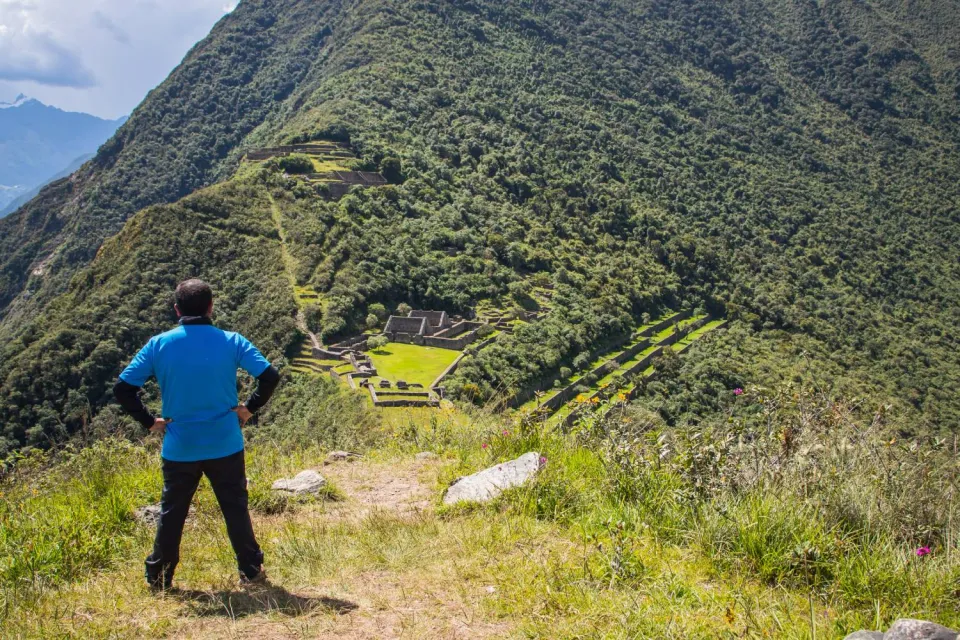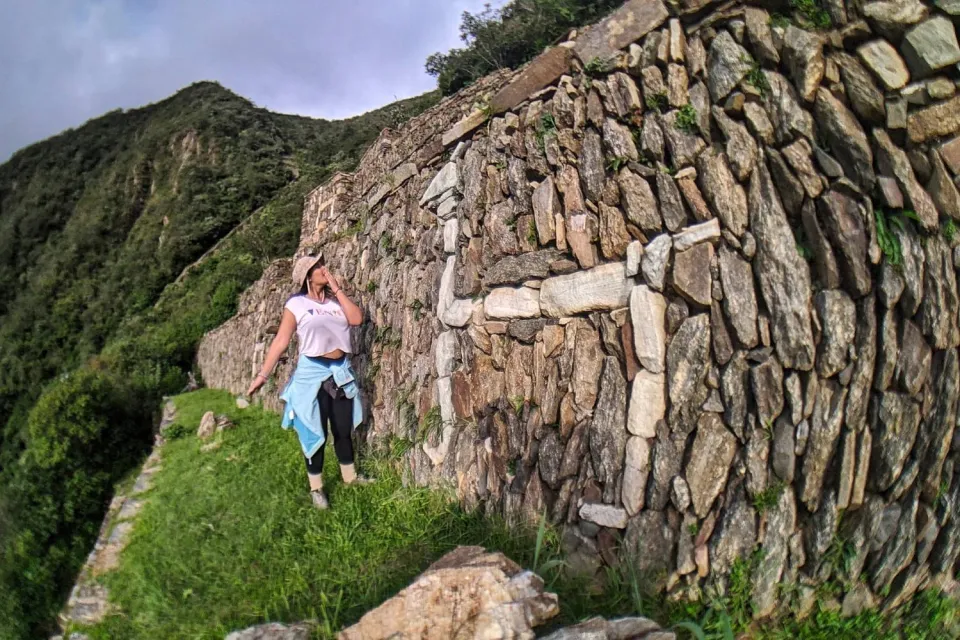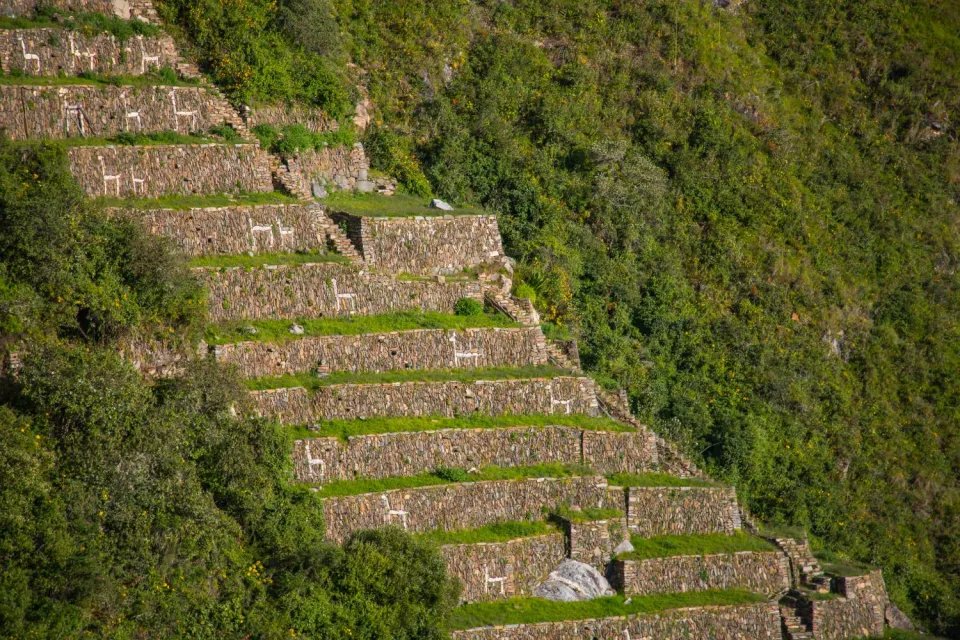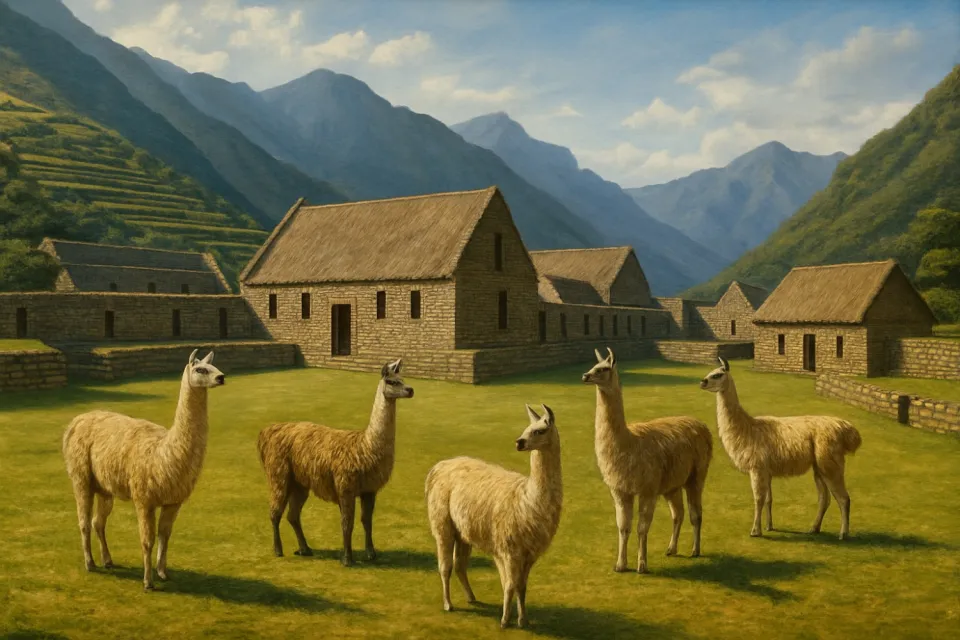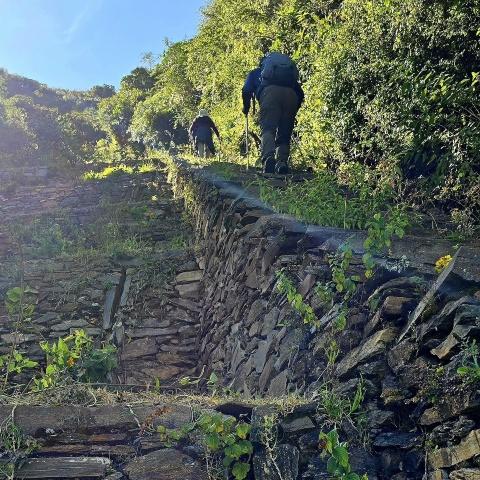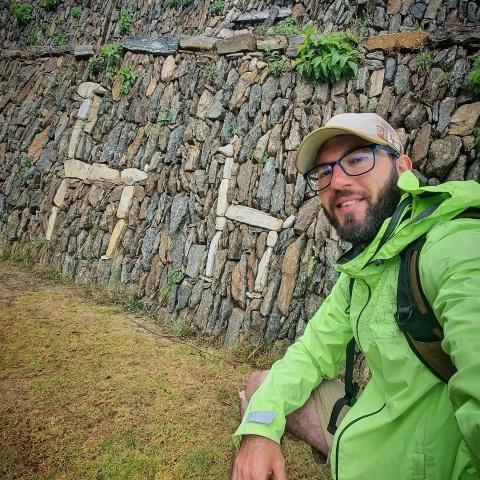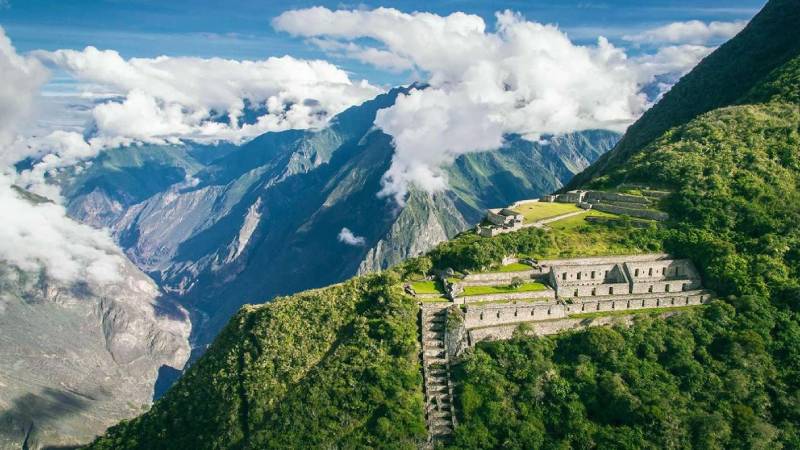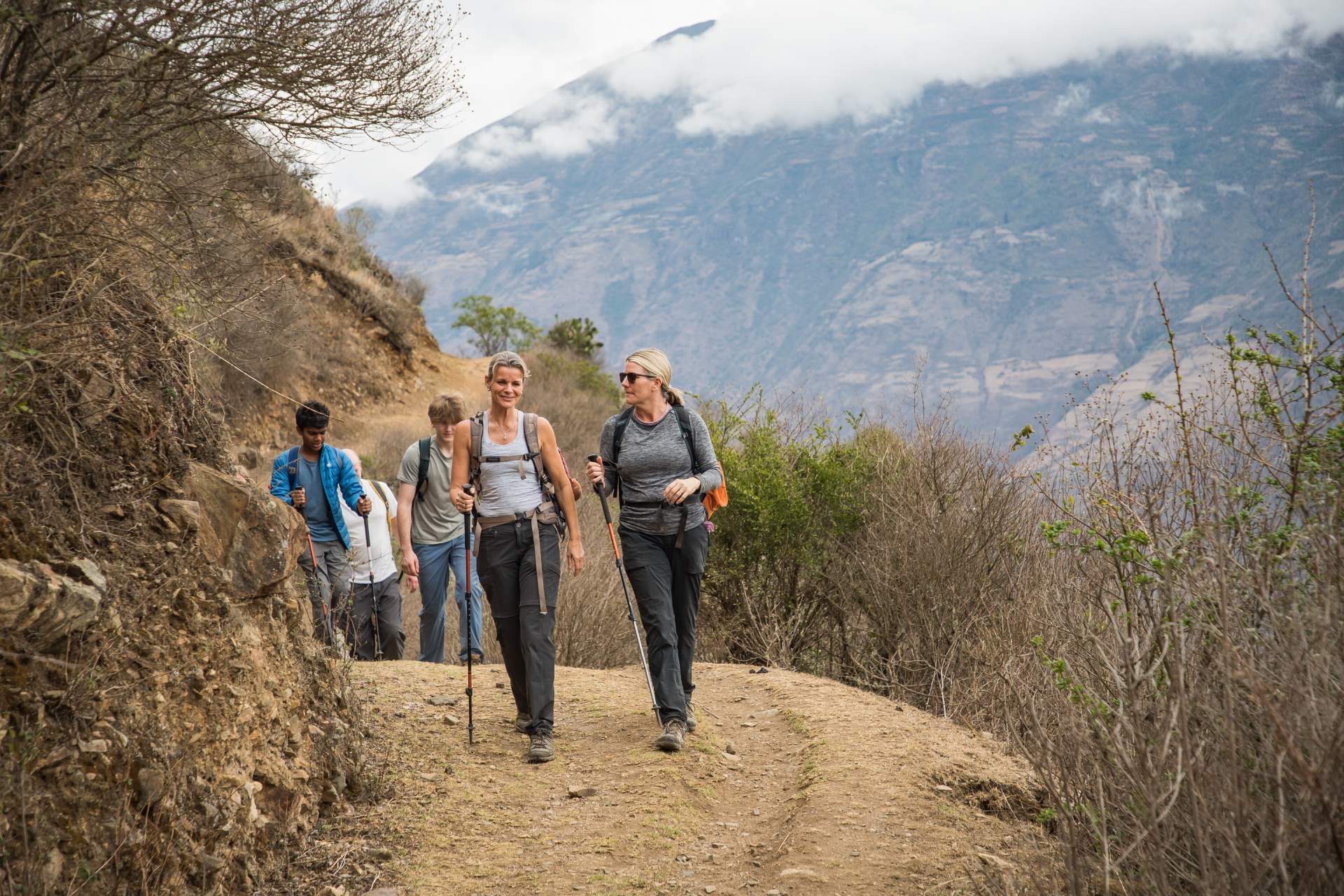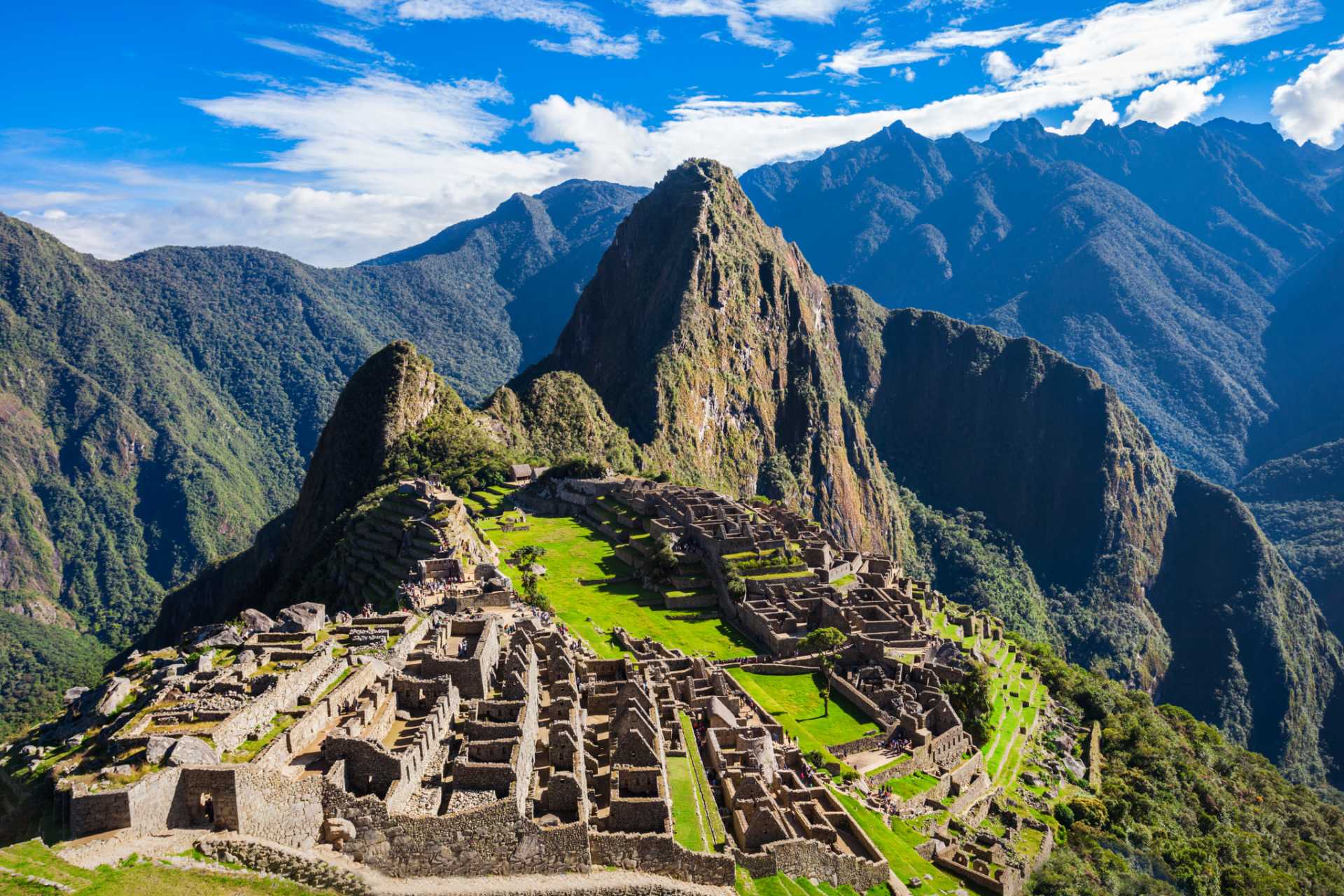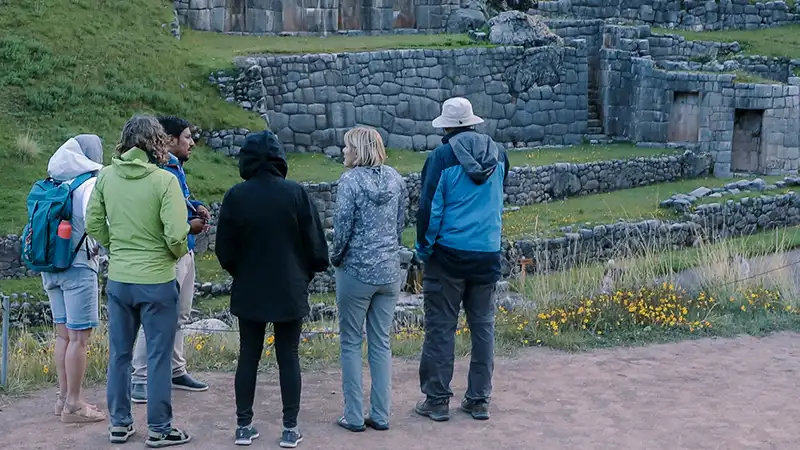Most travelers only hear about Machu Picchu. But what they don't know is that, just a few days' hike away, there is a site just as impressive... and almost empty. It's called Choquequirao, and on its south side, among terraces hidden for centuries, there is something that defies everything you thought you knew about Inca art: Choquequirao llamas.
A herd sculpted in stone, with surgical precision, that still baffles archaeologists. This is the best kept secret of the Inca empire.
What is Choquequirao?
Choquequirao is an Inca archaeological complex located in southern Peru, in the region of Cusco. Its name means “Cradle of Gold” in Quechua. It is known as the sacred sister of Machu Picchu for its monumental architecture, its location high in the mountains and its great historical importance.
Unlike Machu Picchu, Choquequirao receives few visitors, making it an ideal destination for adventurous travelers and history lovers seeking authentic experiences away from the crowds.
What are the Choquequirao Llamas?
Among the many sectors that make up Choquequirao, there is one that has awakened a special fascination among visitors: a set of agricultural terraces with figures of llamas, humans and geometric shapes embedded in their walls.
These terraces, known as “Choquequirao Llamas” or “Las Llamas of the Sun”, have 16 levels and were rediscovered in 2022 by archaeologists during more detailed explorations at the site. They are currently being studied in depth by researchers Zenobio Valencia and Gori Tumi Echevarría.
How were the figures constructed?
The figures stand out on the walls thanks to an impressive inlay technique. Inca builders placed white limestone stones to form the silhouettes of llamas, fitting them precisely into walls built with darker stones. This contrast of colors allows the shapes to stand out clearly, even from a distance.
So far, 23 llama figures have been identified, in addition to one human figure and one zigzag-shaped figure. All the llamas face north, in the direction of the main square and the snow-capped Qoriwayrachina, the Apu protector of the sanctuary. This snow-capped mountain is the source of the sacred water that feeds the numerous fountains and canals of the archeological complex.
Important:
The stones that form the figures cannot be removed or modified, as they are a structural part of the platform. Altering them could cause a collapse or serious damage to the construction.
Why are these figures so special?
You may be wondering: what makes these figurines so unique? The answer lies in their uniqueness within the Inca world. Although there are murals and animal sculptures in other structures, no other inlays of this type have been found in any other known Inca site.
These representations reflect a very high level of detail, symbolism and technical precision, showing that Choquequirao was not only an agricultural or military center, but also a ceremonial and artistic space of enormous spiritual value.
The llama figures also have a three-dimensional visual effect: they seem to come to life when observed from afar, especially from neighboring hills. The representations realistically show the natural movement of a herd, and each llama has precise anatomical details, such as hooves, tails, ears, heads, and even exact body proportions, with shorter hind legs as in real life.
The Meaning of the Choquequirao Llamas
Although archaeologists have not reached a definitive consensus on the exact meaning of these figures, several researchers have proposed theories to explain their symbolism within the Inca cultural and spiritual context.
Homage to a sacred animal
The Incas considered the llama a sacred and essential animal. They used it for transportation, food, and wool for clothing, and included it in religious rituals.
Depicting them on terrace walls may have been a way of paying homage to their vital value in Andean culture. In addition, many researchers believe that a significant population of llamas lived in ancient Choquequirao, which reinforces the idea that these figures symbolize their daily and spiritual importance.
Ceremonial or Symbolic Use
Another theory suggests that the Choquequirao llamas had a ceremonial meaning related to sun worship, agriculture and the Andean calendar.
The terraces, in this sense, not only fulfilled agricultural functions, but also ritual ones, marking seasonal events or ceremonies dedicated to Inca deities.
This symbolic use coincides with the way the Incas conceived their constructions: spaces that integrated the functional, the spiritual and the cosmic.
Spiritual guide for travelers
Some researchers propose that the llamas represented a symbolic procession that guided the visitor to a sacred place, such as a temple or ceremonial area.
This hypothesis aligns with how Inca architects designed their structures, giving each element a purpose beyond the utilitarian and carefully planning the visitor's journey to create a spiritual and emotional impact.
How to get to Choquequirao?
Getting to Choquequirao is not easy, and that is exactly what makes it so special. There is no access by road or train, so it is necessary to make a demanding trek of several days through impressive Andean landscapes.
The available routes
There are four main routes to Choquequirao, but the most classic and popular is the Cachora route, which takes approximately four days to complete.
The adventure begins in the city of Cusco, from where you take ground transportation to the town of Cachora. From there begins the hike to the archaeological site, which takes between 2 and 3 days (one way), depending on the pace of the group and weather conditions.
The trail includes demanding climbs and descents, narrow passes and spectacular views of the Apurimac Canyon, with intermediate campsites along the way.
📌 Want to know more?
If you want to learn about the Choquequirao Trek in depth - the distances, altitudes, camps, food and how it is lived day by day - we invite you to read our blog:
Choquequirao Trek Peru: day by day, altitude, best time and comparison with other.
Where are the Choquequirao llamas located?
The famous Choquequirao Llamas are located on the south side of the archaeological complex. To reach them, first get to the central square of Choquequirao, then head south following a cobblestone road.
Although the signage may be scarce and somewhat deteriorated by the passage of time, if you pay attention the route is clear. After a few minutes of walking, you will come to an area of steep agricultural terraces: there you will find llamas embedded in the walls.
Walk carefully down the stone steps, as they can be slippery if it has rained recently. Once down, find a good angle to observe the figures from the opposite wall or from a nearby hillside: it's the perfect spot for an unforgettable photograph!
The walk to this point takes less than 30 minutes from the plaza, and from the terraces you can also enjoy the sunrise over the Apurimac Canyon.
The best time to see the Choquequirao Llamas
Although Choquequirao is open all year round, the best time to visit is during the dry season, from May to September. In these months, the rains are scarce, the roads are in better condition and the sun illuminates the walls more clearly.
Thanks to the natural light, the white figures embedded in the platforms stand out more clearly, making the Llamas del Sol more visible and photogenic.
Practical tips for visiting the Choquequirao Llamas
- Wear good non-slip trekking shoes. A quality sole will prevent more than one fall.
- Consider using trekking poles, especially useful when going up and down steep stairs.
- Stay on marked trails. Some structures are fragile and you could damage the site or put yourself in danger.
- There is no shade on much of the trail, so bring a hat, sunscreen and plenty of water.
- Don't forget a camera or cell phone with good resolution to capture the best memories.
- Take the time to explore every corner of the archaeological complex without rushing.
Recommended equipment to capture incredible photos
As this is a long hike, it is ideal to bring light but quality equipment. We recommend a mirrorless camera or a compact DSLR, which offer excellent quality without adding too much weight to your backpack.
Recommended lenses
- Wide-angle (14-24mm or 16-35mm)
Perfect for capturing temples, terraces, the central square and majestic mountain scenery.
- Telephoto (70-200mm or 100-400mm)
Ideal for photographing the Sun Flames and other architectural details from afar without getting too close.
- Standard lens (24-70mm)
Versatile for portraits, everyday scenes and general shots while hiking.
With this equipment, you will be able to capture from wide landscapes to unique archaeological details, and take home the most memorable photographs of Choquequirao.
What the Choquequirao llamas tell us about the Incas
The Choquequirao Llamas of the Sun remind us that the Incas were much more than great architects. They were also artists, astronomers, farmers and keen observers of nature.
By depicting llamas on the walls of steep terraces, they not only depicted a sacred animal, but also revealed their Andean cosmovision, where everything was connected: humans, earth, animals and gods.
Visiting Choquequirao is like traveling back in time to a place where art, spirituality and engineering merge in perfect harmony. And among all its treasures, the enigmatic choquequirao llamas remain one of its greatest mysteries.
Frequently asked questions
- Who discovered Choquequirao?
Like Machu Picchu, Choquequirao was made known to the western world by the American explorer Hiram Bingham, who visited it while searching for the mythical lost city of the Incas.
- Was Machu Picchu or Choquequirao discovered first?
Choquequirao was discovered before Machu Picchu. In fact, excavations were carried out in the area in the hope of finding Inca treasures. However, it was soon abandoned in order to continue the search for the lost city, which would eventually be identified as Machu Picchu.
Choquequirao regained importance only in 2002, thanks to an important archaeological find. Since then, it has been the subject of new research and its study is still ongoing.
- Which is bigger: Machu Picchu or Choquequirao?
Choquequirao is larger than Machu Picchu, at least in extension. It is estimated that only 30% of the site has been excavated so far.
In addition, it has a large number of agricultural terraces and structures still covered by vegetation.
- Who ordered the construction of Choquequirao?
It is believed that Choquequirao was built under the mandate of the Inca Tupac Yupanqui, one of the most important rulers of the Tahuantinsuyo, although the archaeological evidence is still being analyzed.
- Where can I read the most recent studies on Choquequirao?
If you are interested in knowing the most recent discoveries about the site, we recommend you read the following document: “Archaeological Investigations at Choquequirao, Cusco, Peru. Vol. 1”.
There you will find scientific studies, stories, archaeological records and official reports that document the advances in the investigation of this fascinating place.
Now that you know more about the Choquequirao llamas, imagine what it will feel like to see them in person! This is just one of the many secrets that deep Peru holds, a destination that continues to amaze the world with its mystique, art and ancestral legacy.

